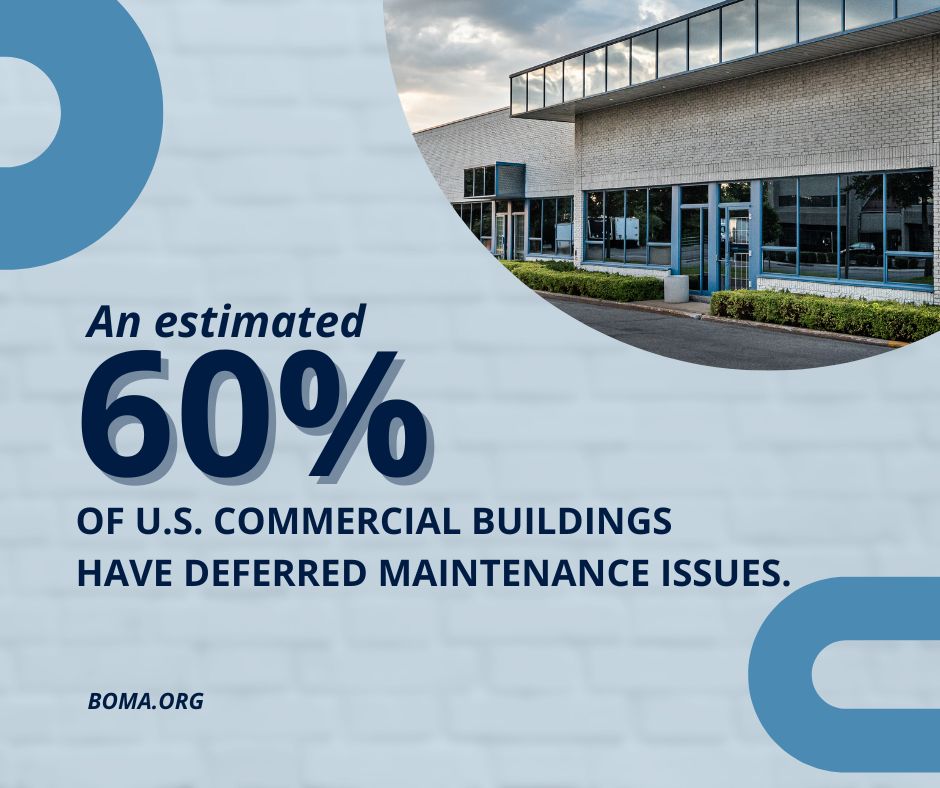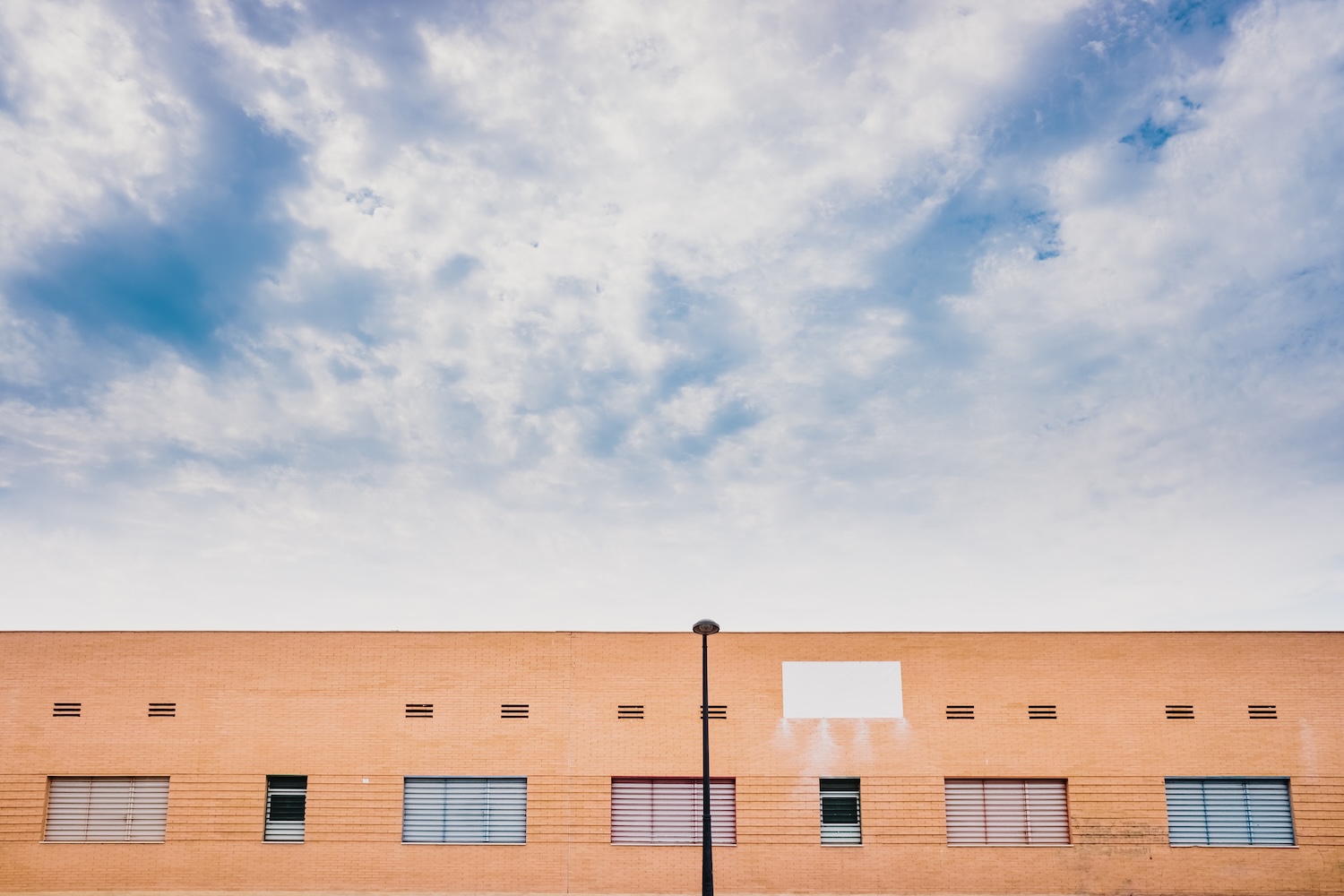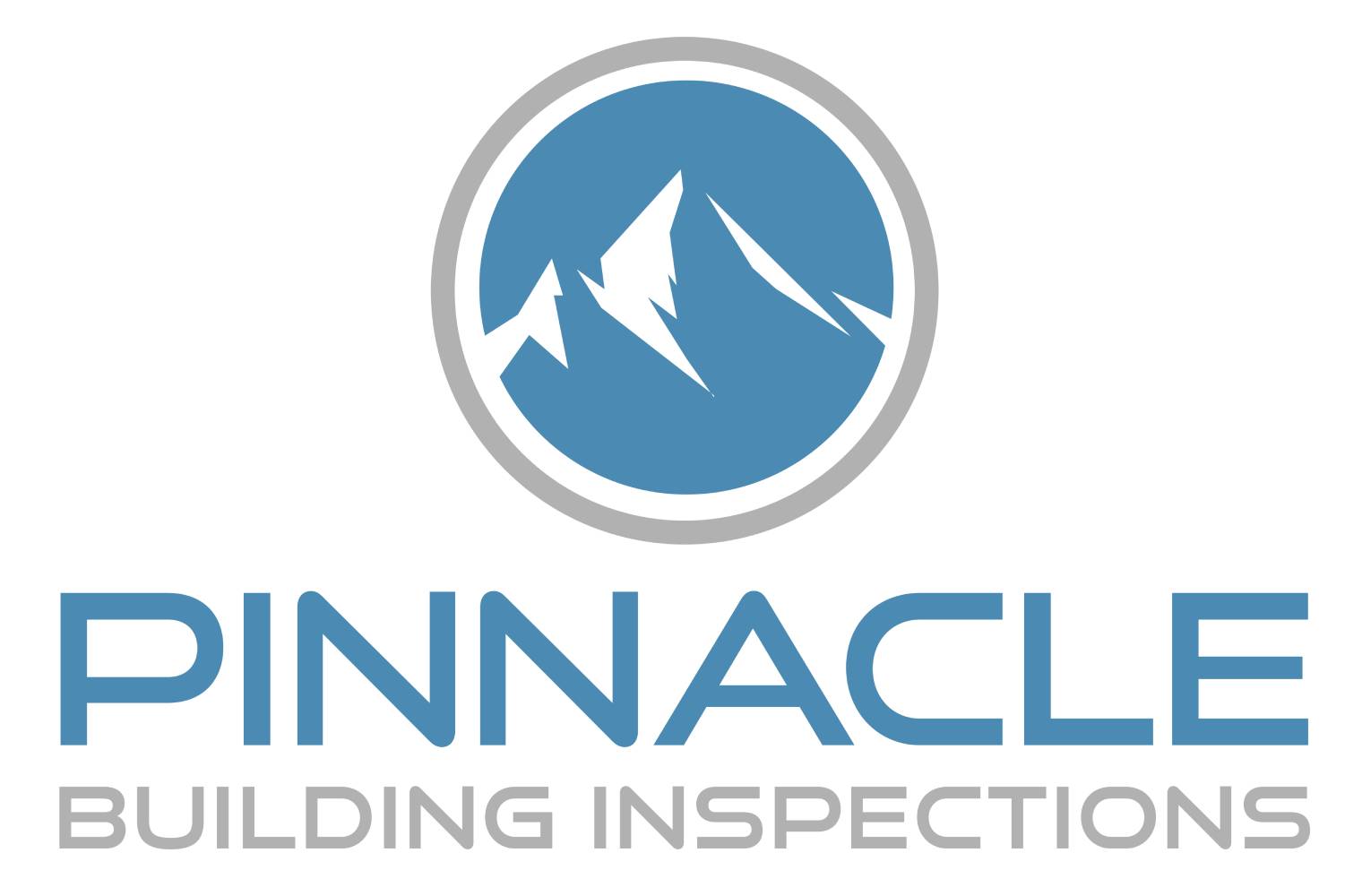At first glance, investing in commercial real estate can look like a great opportunity. The potential for steady income, higher property value, and tax advantages often draws in buyers. But commercial properties are also much more complex than they appear. From hidden building risks to operational challenges, there are many ways these properties can catch new investors off guard.
As commercial experts, we see the full picture behind the walls. Here is why commercial real estate can be tricky to buy and own, and what you should know before making a deal.
Commercial Buildings Are Complex
Commercial properties are built to support a wide range of uses and business activities. That means their systems are more advanced and more expensive to maintain. For example:
- HVAC systems often serve large open areas or multiple floors and require regular servicing
- Electrical systems must support higher loads, specialized equipment, and redundant backups
- Plumbing may include restrooms for public use or commercial kitchens
- Fire protection systems are legally required and must be regularly tested and maintained
If any of these systems fail, the impact on tenants and revenue can be significant. This is one reason why a professional commercial inspection is so important before purchase.

Building Codes Are Tougher
Commercial properties must meet stricter building codes than residential homes. This includes:
- Fire safety standards
- Emergency exits and egress routes
- Structural loading requirements
- ADA compliance for public accessibility
- Energy efficiency standards
Older commercial buildings can look appealing but may require costly upgrades to bring them into compliance with current codes. If you plan to renovate or change the building’s use, these updates may become mandatory.
Operating Costs Are No Joke
First-time investors sometimes focus on the purchase price without fully understanding what it will cost to operate the property. Commercial ownership comes with:
- Higher insurance premiums
- More expensive utilities
- Maintenance of common areas, parking, landscaping, and exterior elements
- Professional fees for property management, security, or legal compliance
- Capital expenses for system replacement (such as roofing or HVAC)
Without a clear understanding of these costs, what looks like a great investment on paper can quickly become a financial headache.
Tenants Add Another Layer of Complexity
Owning commercial property often means managing tenants. Leases can vary greatly in terms of:
- Length of contract
- Renewal options
- Tenant improvement allowances
- Responsibility for maintenance and repairs
- Contribution to common area maintenance (CAM) fees
Managing these leases requires good systems and legal expertise. Investors who are not prepared for this level of complexity can struggle to maintain profitability.

Environmental and Structural Risks
Environmental and structural risks are some of the biggest concerns buyers may overlook. Older commercial properties may contain hazardous materials such as asbestos, and 60% of U.S. commercial buildings have significant deferred maintenance issues.
If the site was previously used for industrial purposes, there may also be hidden soil or groundwater contamination that requires professional remediation.
These issues can be very expensive to correct and may delay or derail planned renovations or future occupancy. Structural problems are another common concern.
Over time, buildings can shift or settle. This movement can lead to foundation cracks, compromised framing, or weaknesses in supporting walls. Improper drainage can also cause long-term water intrusion that damages both the structure and finishes.
Unfortunately, many of these problems are not visible during a casual walk-through. A professional inspection can help identify them early so buyers can properly assess risks and negotiate solutions before closing.
Unexpected Renovation Challenges
Renovating a commercial property can unlock new value, but it often comes with surprises that increase costs and timelines. One of the biggest factors to understand is how code requirements affect renovations. Even relatively minor upgrades may trigger mandatory updates to meet current fire codes, energy standards, or ADA accessibility guidelines.
If the building is older or has deferred maintenance, these requirements can add up fast. Structural updates are a common challenge, too.
If you plan to change the building’s layout, expand square footage, or add new equipment, structural reinforcements may be required to ensure compliance with current safety standards. These types of updates are rarely obvious at first glance but can significantly affect renovation budgets.
A detailed pre-purchase inspection helps uncover what parts of the building may need attention and gives you a clearer view of what your project will really require.
Conclusion
Commercial real estate can be a great investment, but it is not without challenges. The buildings are more complex, the codes are tougher, and the ownership responsibilities are greater than most residential buyers are used to.
A professional inspection is one of the smartest steps you can take to protect your investment. At Pinnacle Building Inspections, we specialize in commercial-only inspections that help investors avoid costly surprises. If you are considering a purchase, contact us to schedule an inspection and make sure you know exactly what you are buying.

